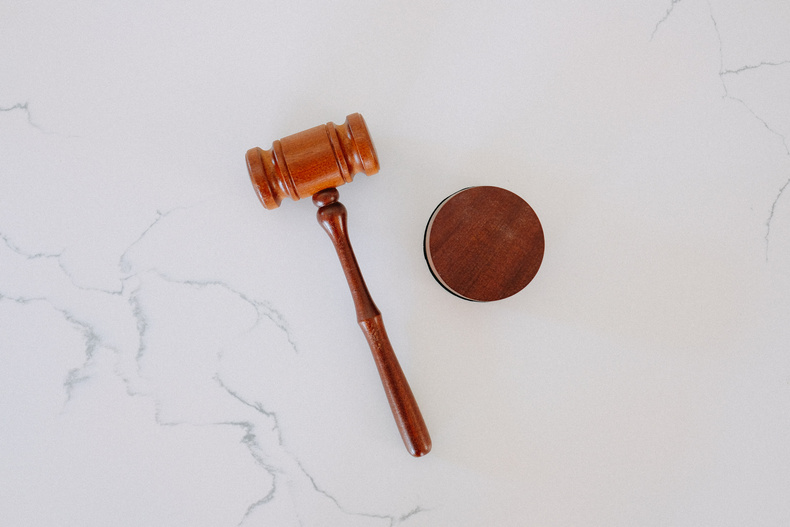A good day in court for “Excitable Edgar” as John Lewis wins copyright infringement case

Proving “copying” is a crucial part of a copyright infringement case, as shown by John Lewis' successful defence of its “Excitable Edgar” fire breathing dragon 2019 Christmas advert.
The recent fire
The Intellectual Property Enterprise Court (IPEC) has dismissed a claim alleging infringement of copyright in a children's book, brought against John Lewis and their advertising agency in relation to their 2019 Christmas advert and their spin off illustrated children's book ‘Excitable Edgar' about a dragon called Edgar. (Evans v John Lewis plc and another [2023] EWHC 766 (IPEC))
Background to the case
The claimant was a children's author who had written a book named Fred the Fire Sneezing Dragon, which she self-published in 2017. The claimant alleged that John Lewis and their advertising agency had copied the dragon character, Fred, from her book. Similarities between the book and the advert included a dragon living in a human world, accidentally emitting fire, melting objects, and warming food and human hearts.
However, the claimant's downfall was that the concept for Excitable Edgar was drawn up by the John Lewis creative team in 2016. The claimant's book was published in 2017, so John Lewis could not have copied the dragon from her book, as “there can be no copyright infringement without copying”, and there can be no copying of the work alleged to have been copied if the work has not been seen by those said to have copied it. The judge commented that the idea of fire breathing dragons whose fire can be put to useful purposes is very old indeed and appears in the bible.
The claimant did accept, that emissions of fire by a dragon, who melts objects and warms food and human hearts was contained in a 2016 outline of the advert produced by the defendant in evidence.
Issues considered
The judgement discussed the following points:
Considering the point that both Fred and Edgar were ‘human sized', it was found that John Lewis' Excitable Edgar dragon appeared to be much smaller than the claimants. Whilst the judge was satisfied that copyright subsisted in the size of the dragon in the claimant's book, there was not sufficient similarity to raise a presumption of copying.
Looking at the point raised that both dragons were green, it was held that the colour green was not protected by copyright. On it's own, the colour green was not an element of the dragons appearance which amounted to the expression of the claimants own intellectual creation.
Additionally, the judge commented that green is probably the most common choice of colour used for dragons. The colour was also used in the defendant's 2016 outline and was therefore not used as a result of copying.
Looking at the similarity between the features of both dragons, it was found that features such as facial features may be protected by copyright, but some of these features were in the 2016 outline and as such, could not have been copied. The elements that were not present in the 2016 outline were not similar enough to raise a presumption of copying.
Considering the respective narratives, no presumption of copying was found. The judgment highlighted that the claimant did not show that the defendant had access to her book. Finally, only a small number of the claimant's books had been sold in a limited area and there was nothing to suggest the defendants were aware of it at the time in order to have copied it.
Ruling
The judge commented on how impressed she was by the professionalism and creativity disclosed in the evidence of those involved in the creation of the John Lewis advert and Excitable Edgar and that they would be able to exit this litigation without ‘any shadow of a stain on their creative integrity'.
In this regard, the judge found it necessary to grant a declaration of non-infringement and a publicity order as the claimant had publicised her claim in the media for 3 years, which, the claimant admitted was partly for self-publicity.
Comment
This case serves as a reminder there is a high threshold that needs to be met to prove copying and without copying, there can be no copyright infringement, especially where those who are said to have copied have not seen the work in question.
Where this threshold isn't met, consequences for the claimant can include having to make a public statement admitting defeat.
